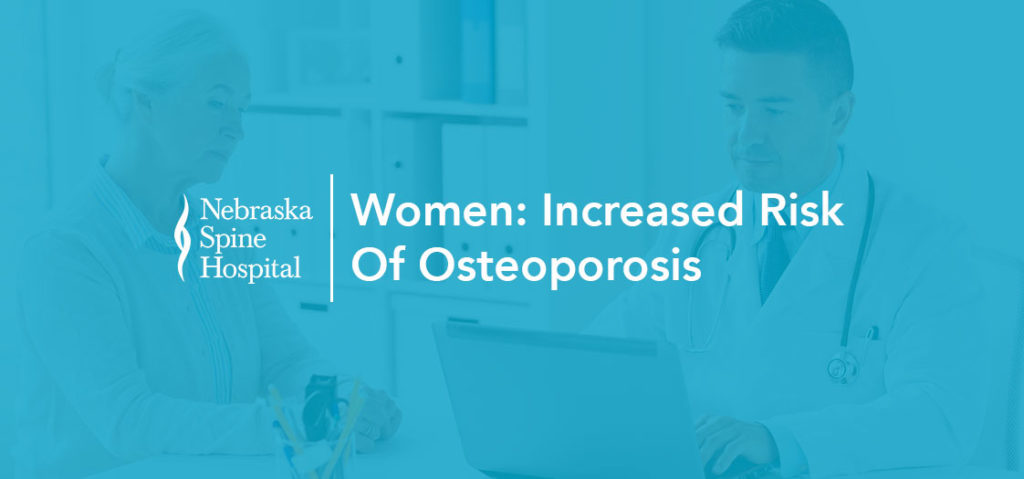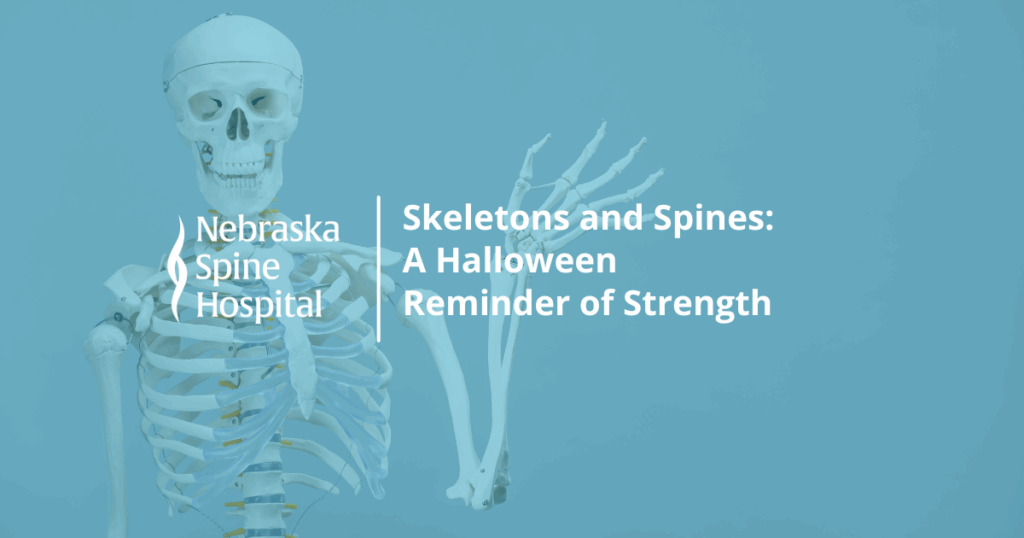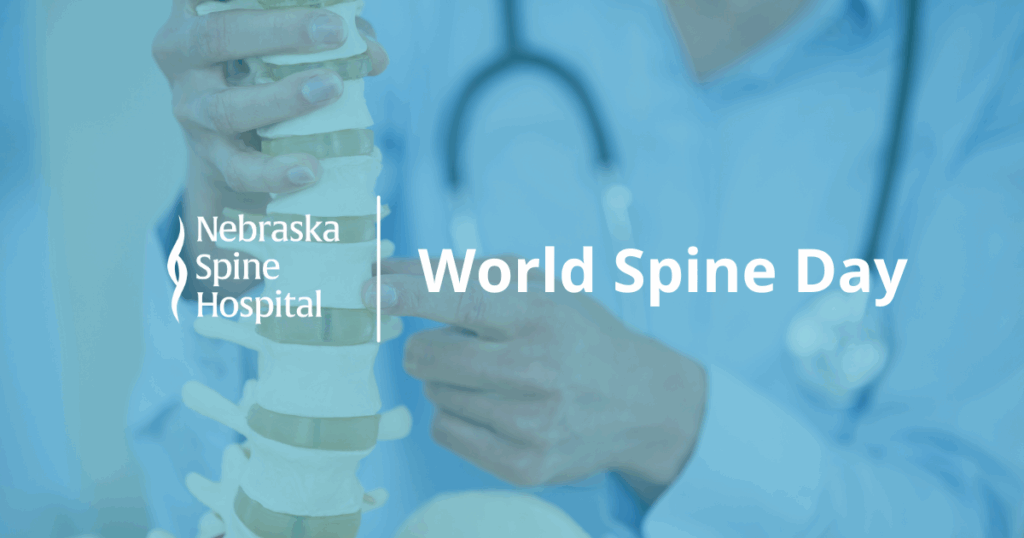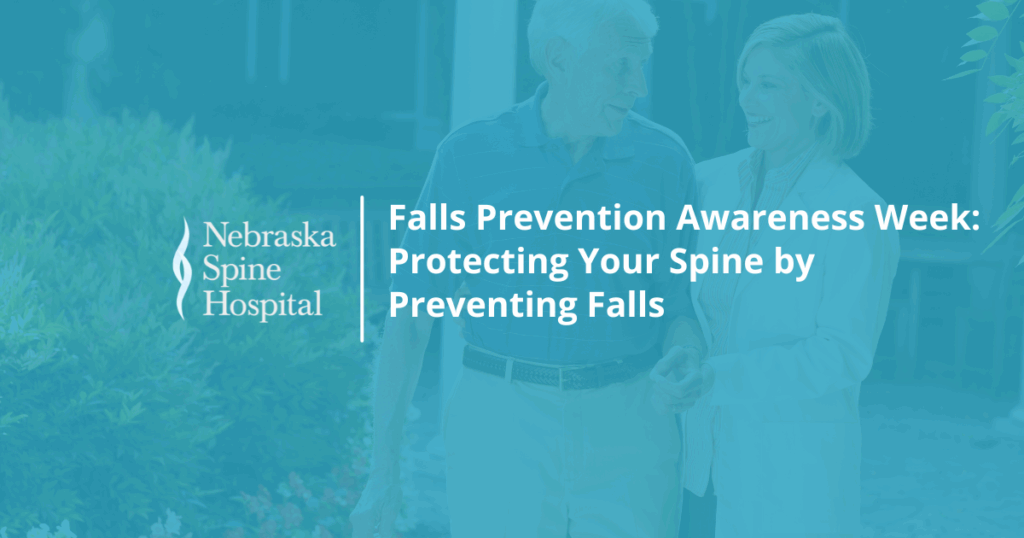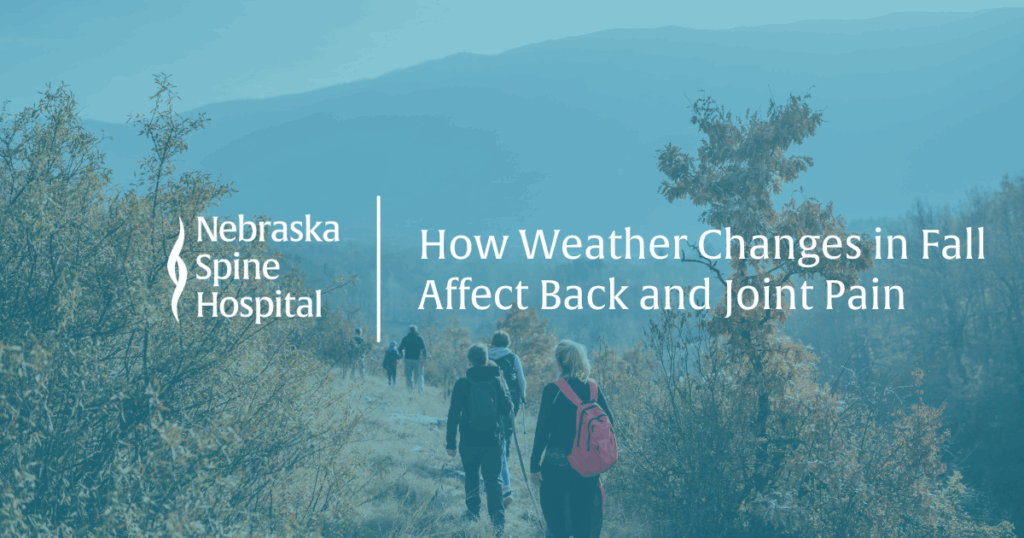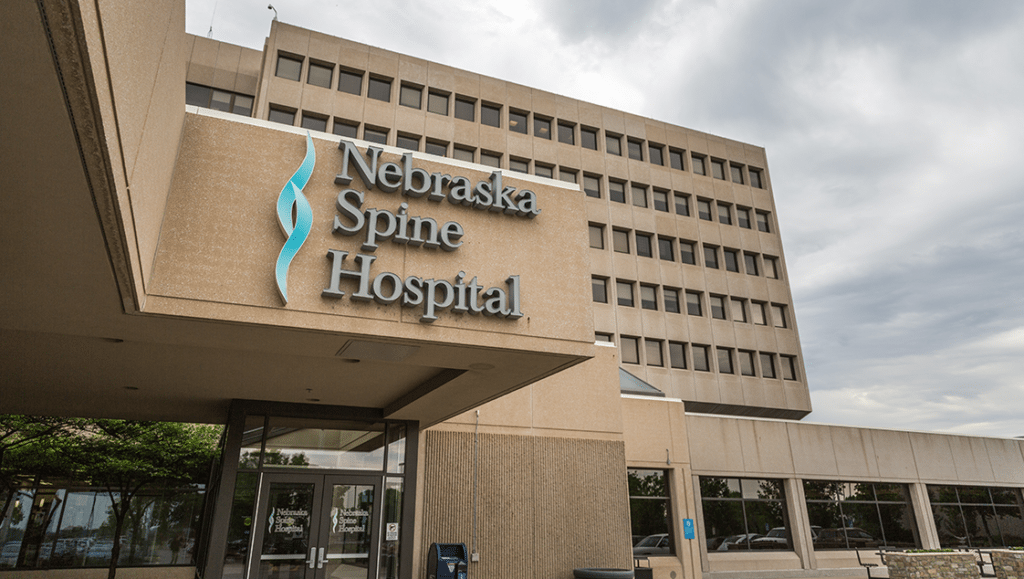Last week, we covered who has an increased risk of osteoporosis along with the basics of the condition. As a refresher, osteoporosis is a condition marked by low bone mass. Low bone mass leads to the weakening of your bones and an increased risk of fractures.
Among other risk factors, women are more at risk than men. Nearly 8 million women in the US are living with osteoporosis, as opposed to just 2 million men.
Why do women have an increased risk of osteoporosis?
To begin, we think it’s important to note that women typically have less bone mass than men and tend to live longer. That means they have less bone mass to lose and more time to lose it.
There are two different types of osteoporosis that women are more likely to develop. Type 1 is a type of osteoporosis that begins after menopause. Following menopause, women’s bodies make less estrogen. Since estrogen is essential to helping protect bone density, bone loss often occurs. Some women lose up to 25% of their bone density in the first 10 years following menopause.
Type 2 is a type of osteoporosis that occurs after age 70. As we mentioned before, women typically live longer than men, making them more prone to this type of osteoporosis.
Preventative measures
With an increased risk of osteoporosis, it’s important for women to take all of the preventative measures they can. While the following measures won’t guarantee you won’t develop osteoporosis, they can definitely help prevent it.
- Regular exercise
- Adequate calcium and vitamin D intake
- Healthy eating
- Quitting smoking
- Limiting alcohol consumption
This blog is not meant to be taken as professional medical advice. If you believe you or a loved one may have osteoporosis, please seek professional medical attention.


